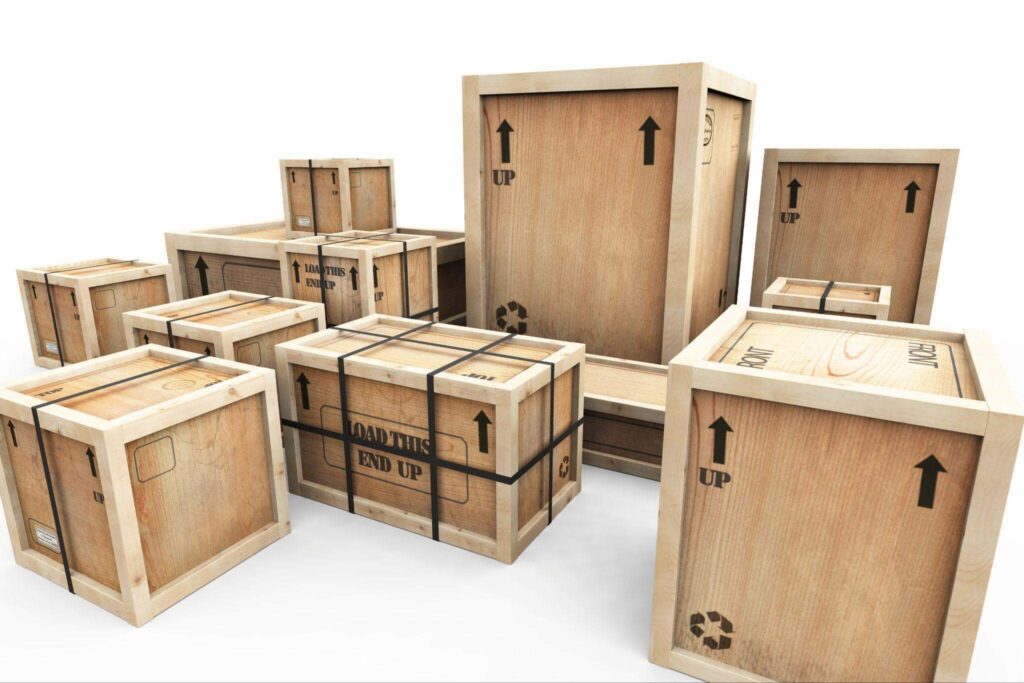Common Packaging Supplies
Businesses in Australia are under growing scrutiny about how they pack their goods, given how much of an impact their disposal of common packaging materials is making in the landfills. The packaging industry itself is taking the brunt of the scrutiny after admitting that it would be unable to meet its sustainability goals by 2025.
As the private sector awaits the government’s packaging regulatory scheme, which is set to be established at the end of 2025, we thought we’d take this opportunity to learn more about the common packaging supplies Melbourne businesses and those from other areas use. Efficient use of such packaging products can curb their environmental impact.
Cardboard Boxes: Simple and Versatile
No other sustainable packaging material can arguably match the simplicity and versatility of the typical cardboard box. Unlike other packaging types such as plastic containers or metal packaging, corrugated boxes can store just about anything short of immense and heavy cargo. This popular packaging material can also be folded up and stored for future use. Even after time has worn it down so much that it can’t serve its role anymore, anyone can still get creative with it.
Cardboard boxes are considered paper products, as these packing materials are made out of paper pulp that’s layered for maximum durability and load-bearing. You can see this through flutes in a box’s cross-section, which supports the walls that make up each layer. Depending on the box’s construction, size, and quality, this flexible packaging material can support anywhere between 20 and 300 lbs (9 and 136 kg).
They’re also one of the most widely reused and recycled secondary packaging materials globally, and for good reason. Studies over the years found that creating new corrugated cardboard and rigid boxes leaves a higher carbon footprint than reusing and recycling these eco-friendly packaging supplies. As long as their structure remains intact and they’re stored under climate control, these shipping boxes or moving boxes can be reused indefinitely.
Pallets: Moving Goods and Economies
When businesses need to move loads of boxes and crates within and beyond storage, they rely on the ubiquitous pallet. Commonly made out of high-grade timber, different types of pallets are a must for warehouses and storage facilities operating equipment like forklifts and pallet jacks, as their design makes it easy for equipment to lift or lower them.

Pallets come in various designs, with the most prevalent being the Grocery Manufacturers Association (GMA) pallet. This design features a pair of huge notches on either side so that forklifts and pallet jacks can insert their forks into the pallet with ease.
With proper design and construction, GMA pallets can handle close to 4,000 lbs (1,814 kg) of stacked cargo. However, this is when every square inch of pallet space is bearing cargo. Under certain conditions, their load-bearing capacity can go up to 6,000 lbs (2,722 kg).
Take note that pallets are different from skids. We’ve done an exhaustive blog post on this, to help you find the right packaging materials for your packaging needs. But for a quick recap, skids typically have a continuous flat surface and are smaller, while pallets have stringer boards and can handle more cargo. Also, being the newer of the two, pallets are usually made with biodegradable materials and more modern construction practices and standards.
Cases and Crates: Workhorses of Advanced Logistics
Moving products over long distances can be tricky when it wants to be. Businesses and, to an extent, logistics and supply chain companies can be held liable for damage to consumer goods and other fragile items during transit, which can cost them millions.
As businesses are, under consumer law, responsible for delivering a product of acceptable quality, their choice of protective packaging supplies matters. Depending on their goods, they can opt for the right packaging material like sturdy cases and crates made from high-grade timber.
The difference between the two involves their design. Cases are often enclosed to protect their contents from damage from outside sources (e.g., a stray rock) and, with void fill materials like packing paper, bubble wrap, packing foam, air pillows, or packing peanuts, the goods themselves due to excessive turbulence. They can be designed to handle more cumbersome loads like machines and components.
Meanwhile, crates are more prevalent in the food and beverage markets. Their slat design makes this packaging type ideal for storing and transporting perishable goods, namely fruits and veggies and other food items. The gaps allow the ethylene they produce (responsible for ripening after harvest) to escape into the air, prolonging their marketable shelf life.
These eco-friendly packaging supplies can also be used for export to international markets, provided the timber used in making them is ISPM-15 certified. This globally recognised standard certifies that the timber was heat-treated to prevent insects from nesting on the timber during transit and risk propagating in other areas as invasive species.
Fastening: Stability During the Journey
There’s no guarantee that a case or crate will hold during transit, especially large ones carrying machinery and other heavy equipment. To prevent mishaps, it’s best to secure packages with an additional layer of external fastening, such as steel or poly strapping.
For pallets handling batches of boxes or crates, they can be fastened with a combination of straps and plastic wrapping. Not only does this provide increased stability during transit, but it also provides decent protection from external elements. That said, it’s still a good idea to store cargo in a climate-controlled environment whenever possible.

Corrosion and Moisture Inhibition
Suppose humidity will be an issue for goods and equipment being shipped to a certain destination; packages must have reliable moisture control inside to prevent damage and keep the product in perfect condition. This can be done in two ways: interior lining or desiccants.
Interior lining involves covering the package contents in foil and paper lining treated with volatile corrosion inhibitors (VCIs). VCIs prevent oxidisation, which normally occurs when moisture comes into contact with metal by inhibiting or blocking out the moisture. During unpacking, the VCI molecules will dissipate, and the product won’t need any cleaning.
The addition of desiccants such as silica gel can also contribute to lowering the moisture content inside the package. You frequently see this in the form of synthetic material; silica gel beads come in small packets and can absorb up to 40 times their weight in moisture. They’re used to preserve perishable goods, machines and electronics.
As with most product packaging supplies, VCI linings and desiccants can be reused as long as they remain intact. In the case of silica gel, the packets can be heated in an oven or microwave to evaporate their moisture content.


